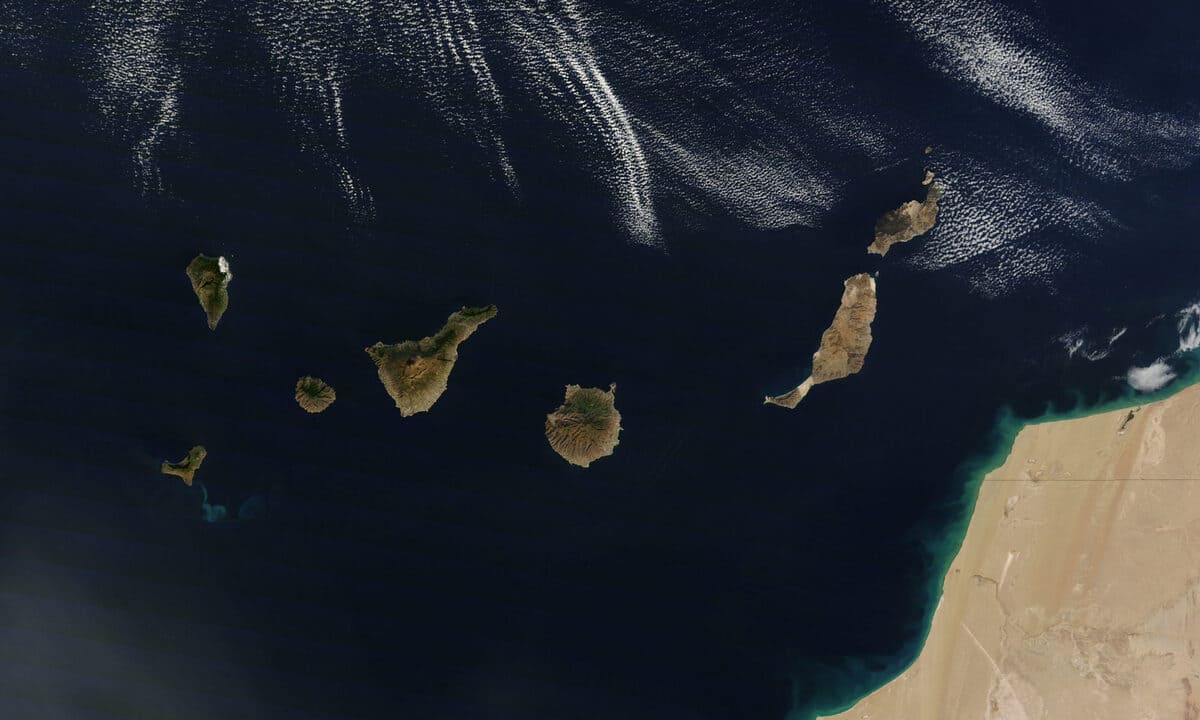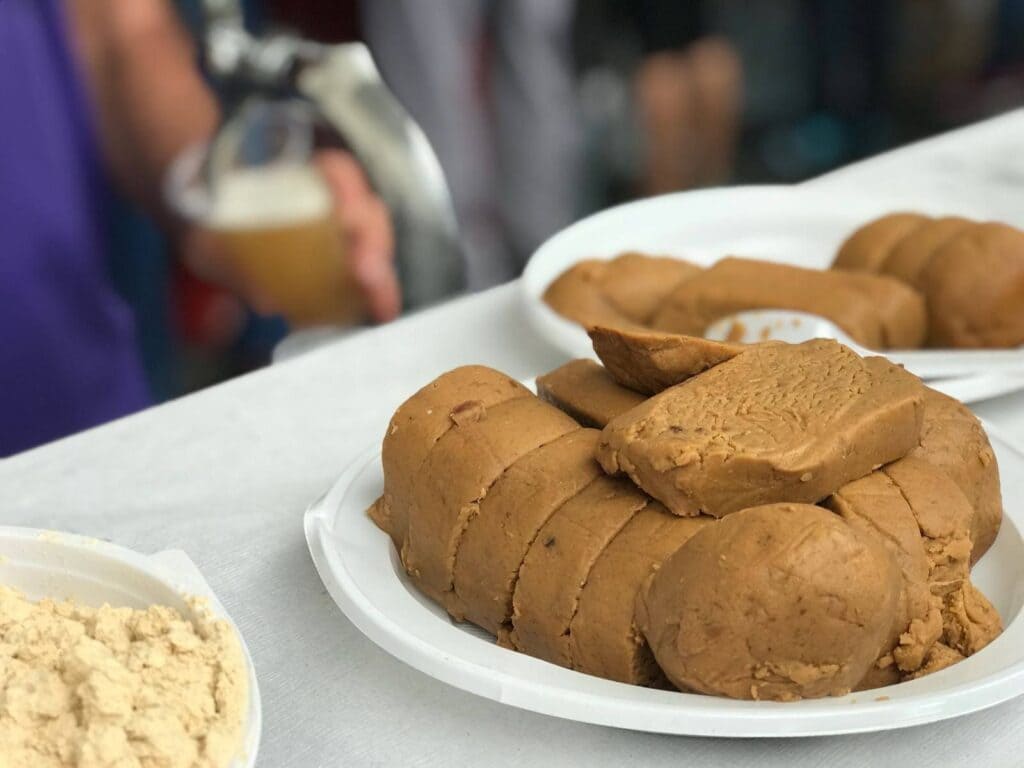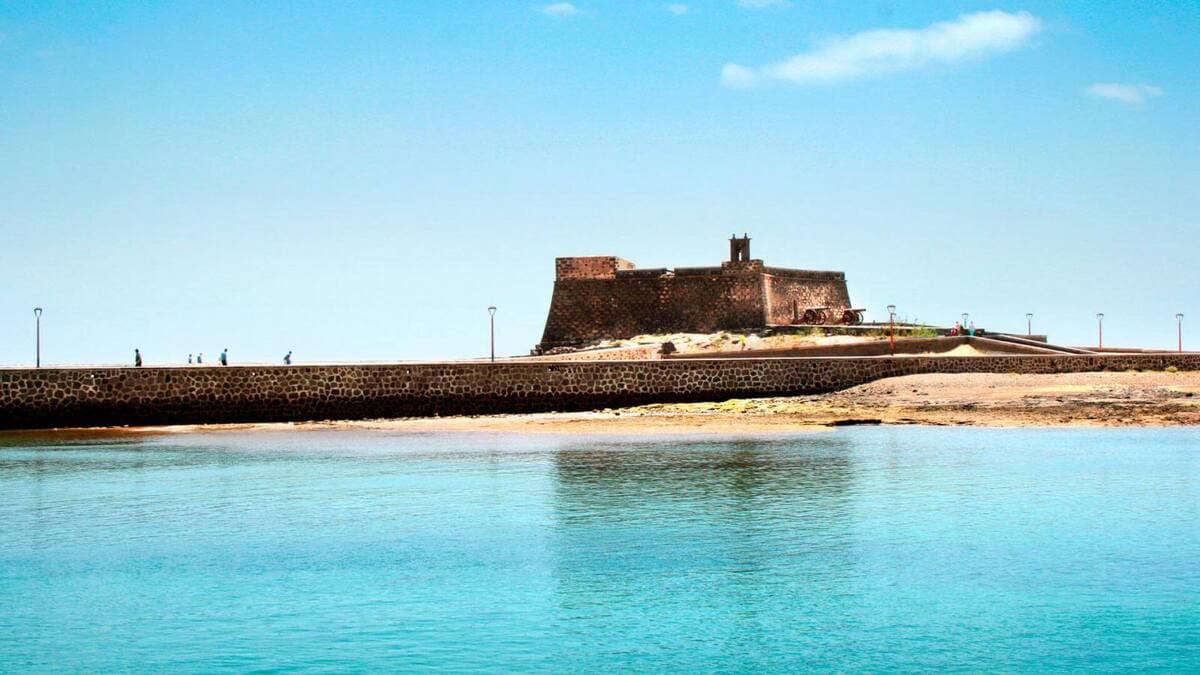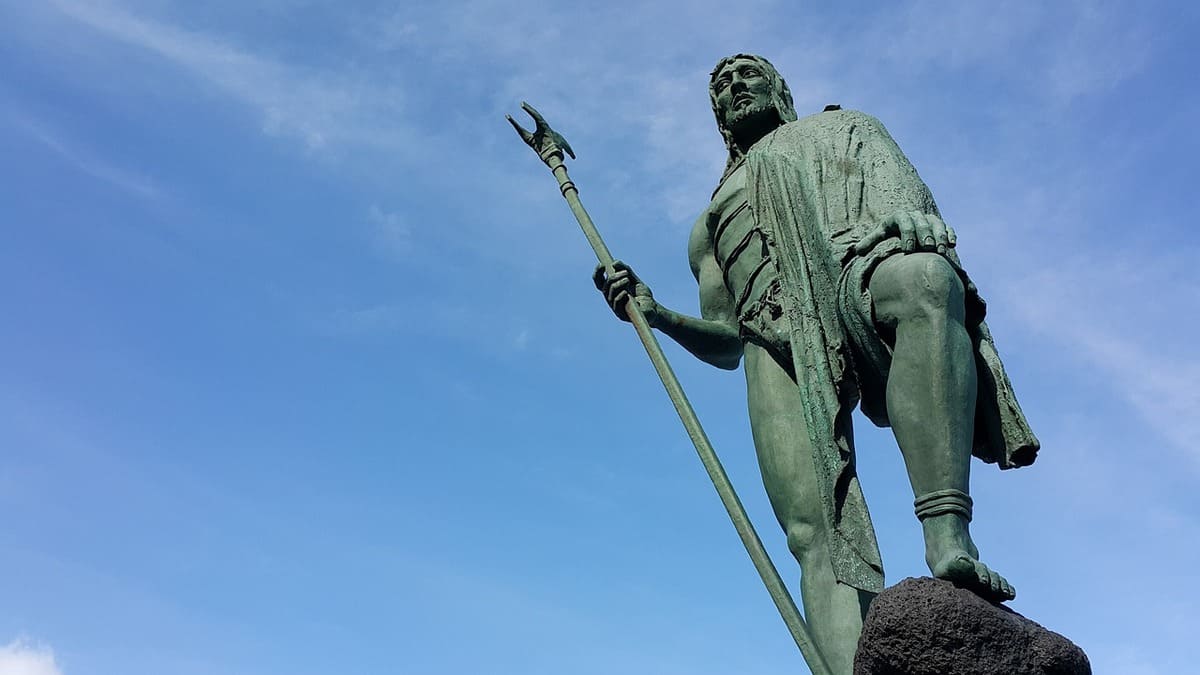In the prehistoric Canary Islands, the use of ceramics was very varied and functional, all related to domestic and food. The oldest dated pottery has to do with conical bottom vessels and with an assured North African origin. At present, there is an important legacy of traditional Canarian pottery preserved in the extensive network of Ethnographic and Archaeological Museums of the Canary Islands.
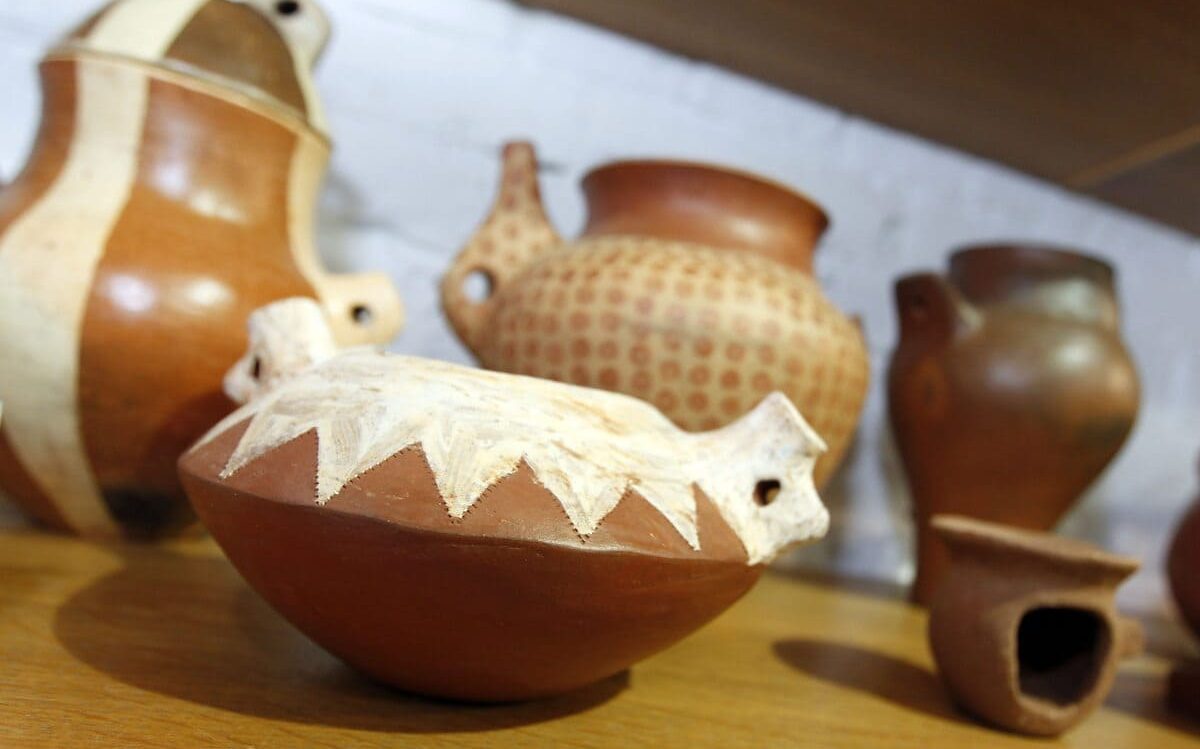
History of traditional Canarian ceramics
Substrate culture is the name given to the type of cultural manifestation of the first settlers of the Canary Islands. Its main characteristic is that they do not receive advanced influences from other peoples and remain archaic in their elemental nature.
Ceramics is the art of making vessels, pots and other objects of clay or other ceramic material that, by the action of heat, are transformed into containers suitable for human use. The first vessels used in the Archipelago to contain and preserve liquids were made of skin, such as the so-called wineskins. Wooden carved vessels were also used for this purpose, although to a lesser extent. But the most common material used for the elaboration of traditional Canarian pottery was fired clay.
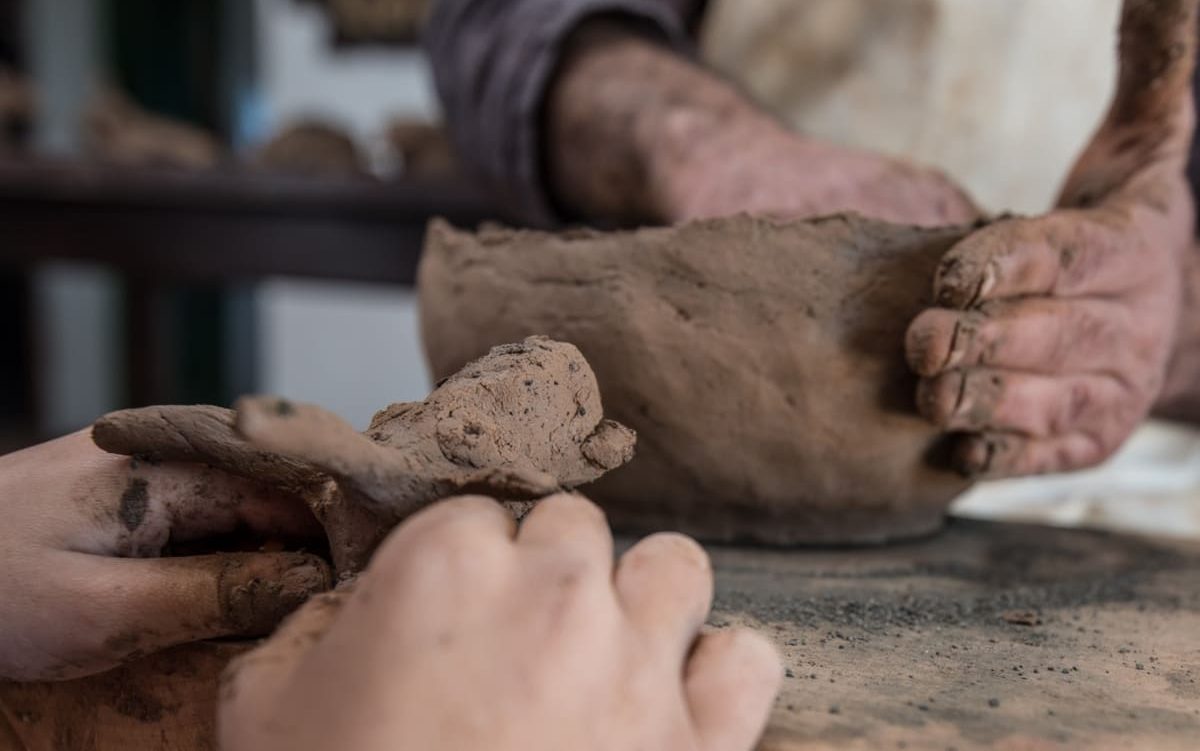
Tenerife and La Gomera are a clear example of purity, conservation and cultural marginalization, keeping many elements intact. On other islands such as Lanzarote, Fuerteventura, Gran Canaria or La Palma, the treatment of ceramics evolved much more due to contacts with other civilizations and the relative speed of the Conquest process.
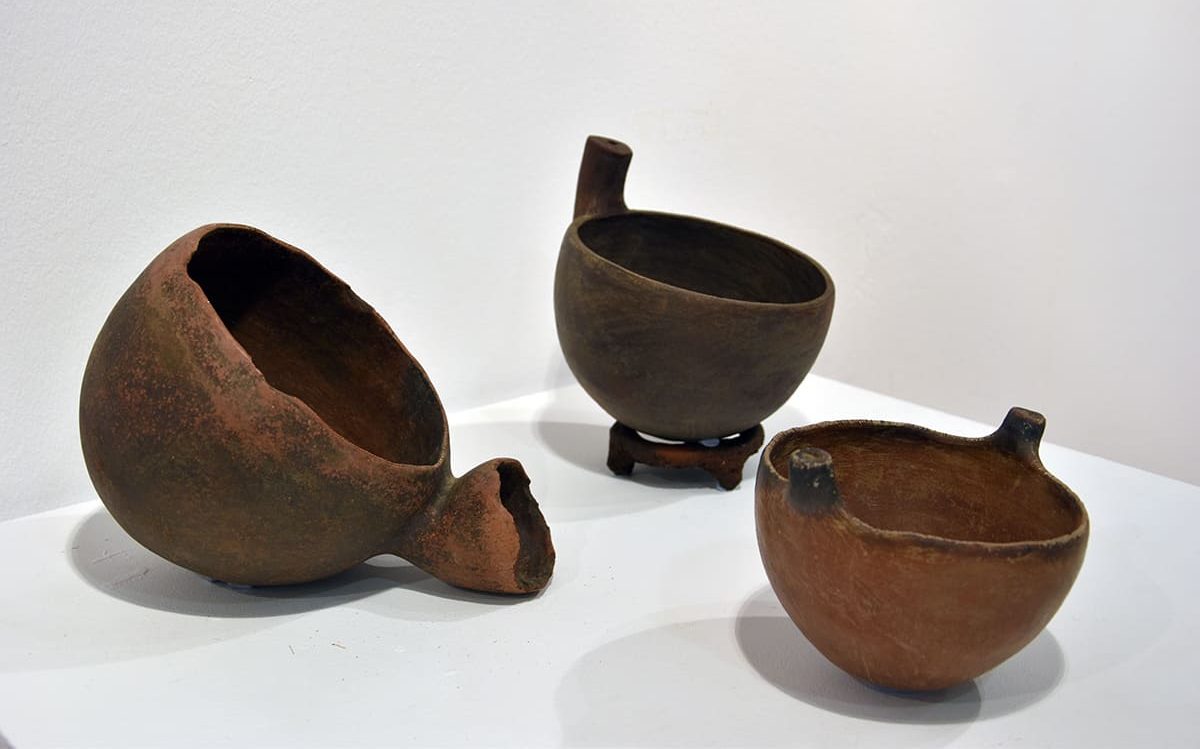
In addition, the aboriginal pottery of Gran Canaria has many singularities with respect to that of other islands of the archipelago. It has a varied typology of shapes, an extraordinary plastic richness, as well as a painted decoration that combines multiple geometric elements.
Ceramic processing
Most of these utensils were made with clays that came from volcanic soils. The basic technique used to make pottery has survived to the present day in some Berber villages in North Africa.
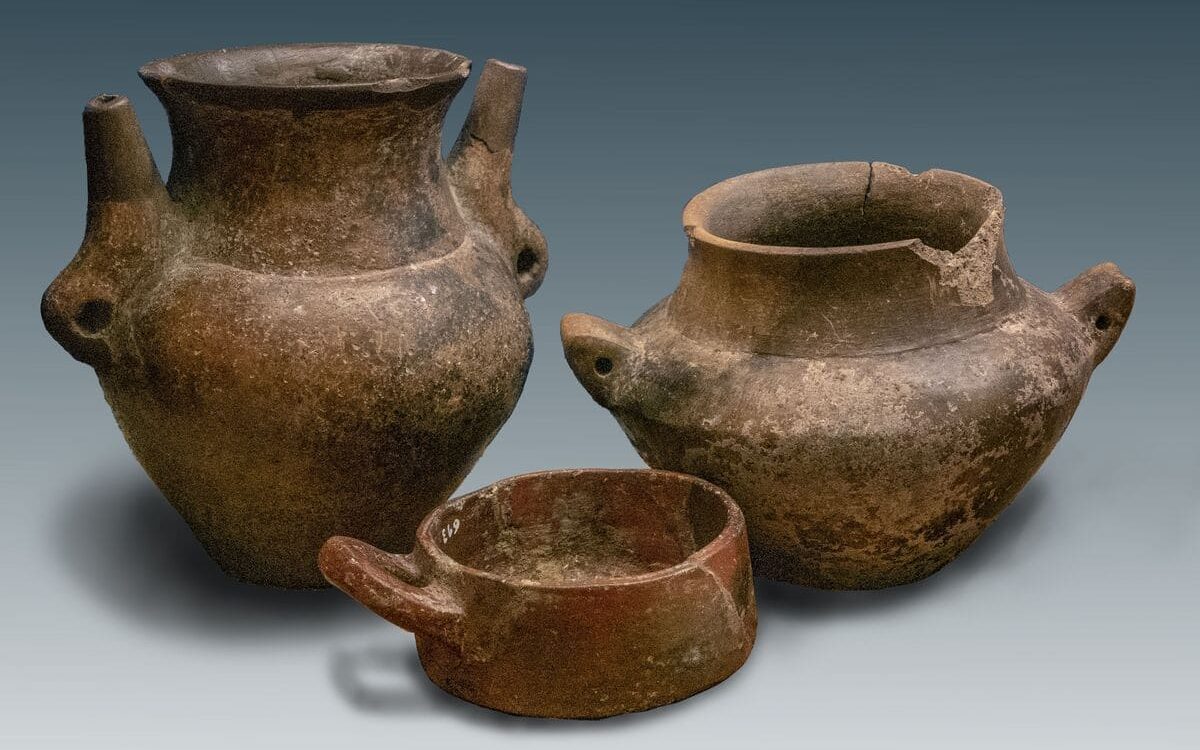
The craft was destined to the aboriginal woman, who decorated the vessels with simple tools such as sea callas, pieces of wood, awls or pieces of bone. On some islands, they were also decorated with various geometric motifs made with red, black and white paint.
On the other hand, traditional Canarian pottery was fired in the open air, in a pit or a bonfire with temperatures that were not very high and which gave rise to the fragility and porosity characteristic of the ceramics of the Archipelago.
Its different uses
The use that was given to the pottery is very varied, although it was mainly intended for domestic and food use. Grain roasting could be done in shallow vessels with a wide base. In the care and exploitation of animals, various vessels were also used as utensils suitable for milking goats and pouring different liquids. Some small vessels may have served as lamps fueled by animal oils.
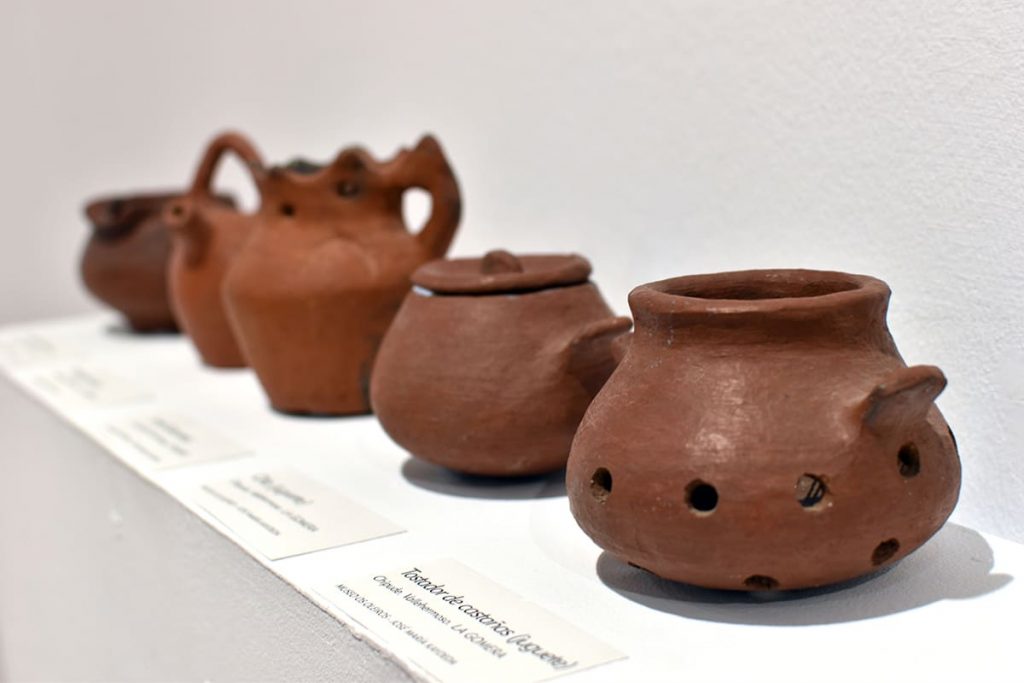
The carving, the tabajoste, the bernegal, the sahumerio, the brazier or the lebrillo are some of these utensils that have survived for centuries in the Canarian culture.
Paula Vera
Photos: infoceramica.com, Pinterest.es, efetur.com, cactlanzarote.com
